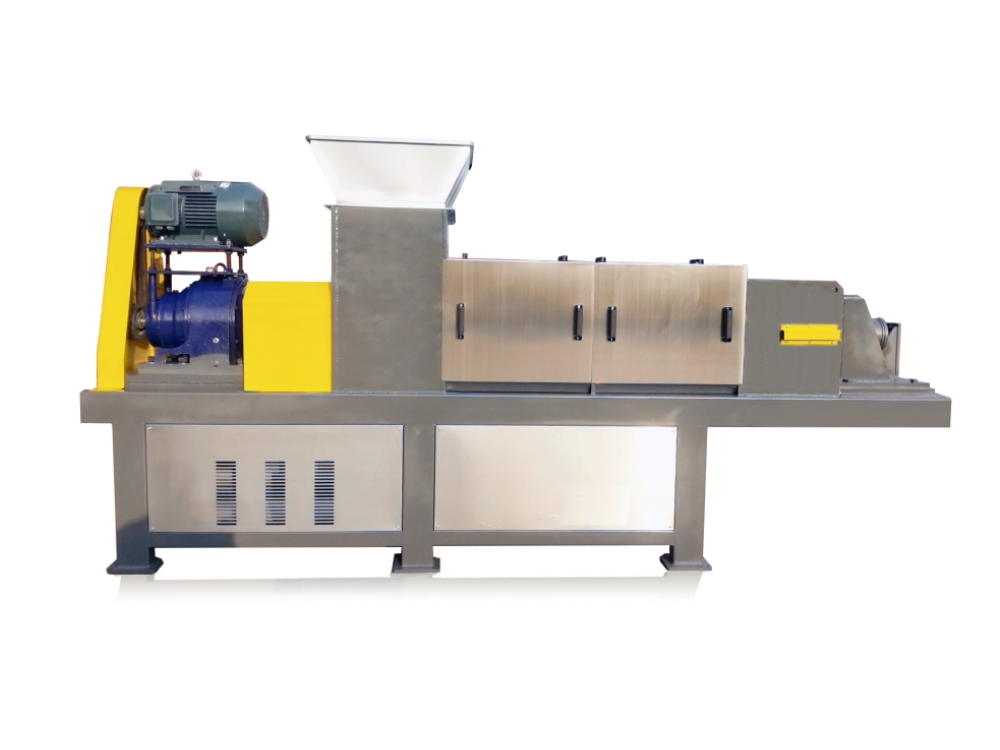
In the pursuit of sustainable winemaking practices, the wine industry is increasingly turning to innovative technologies to manage by-products effectively. One such advancement is the Wine Residue Dewatering Machine, a state-of-the-art solution designed to streamline the process of handling wine residue, also known as pomace or marc. This article explores the key features and benefits of this technology, shedding light on its role in promoting efficiency and environmental responsibility within the winemaking process.
Key Features:
Efficient Dewatering Mechanism:
The core functionality of the Wine Residue Dewatering Machine lies in its efficient dewatering mechanism. By employing advanced techniques, the machine extracts excess liquid from wine residue, reducing its volume and weight significantly. This not only facilitates easier handling but also maximizes the recovery of valuable wine components.
High Processing Capacity:
With a high processing capacity, the machine is capable of handling large volumes of wine residue in a relatively short timeframe. This scalability is crucial for wineries of varying sizes, ensuring that the dewatering process remains swift and efficient even during peak production periods.
Minimal Environmental Impact:
Recognizing the importance of sustainability, the Wine Residue Dewatering Machine is designed with a focus on minimizing environmental impact. By significantly reducing the volume of residue that needs disposal, wineries can decrease their waste footprint and contribute to overall environmental conservation efforts.
Versatile Application:
This technology is versatile and can be adapted to various types of wine residue, including grape skins, seeds, and stems. Its adaptability makes it a valuable asset for winemakers dealing with different grape varieties and production methods.
Benefits:
Waste Reduction and Cost Savings:
The efficient dewatering process leads to a substantial reduction in waste volume, resulting in cost savings associated with waste disposal. Wineries can redirect these savings towards other aspects of production or invest in further sustainable practices.
Enhanced Product Quality:
By extracting excess liquid from the residue, winemakers can potentially enhance the concentration of desirable compounds in the final wine product. This can contribute to improved flavor profiles and overall product quality.
Compliance with Environmental Regulations:
As environmental regulations become more stringent, wineries adopting the Wine Residue Dewatering Machine position themselves as environmentally responsible entities. Compliance with these regulations not only ensures a positive public image but also opens up opportunities for partnerships with eco-conscious consumers and businesses.
Conclusion:
The Wine Residue Dewatering Machine represents a significant leap forward in sustainable winemaking practices. Its ability to efficiently handle wine residue, reduce waste, and minimize environmental impact makes it an invaluable asset for wineries seeking to embrace responsible and forward-thinking production methods. As the wine industry continues to evolve, technologies like the Wine Residue Dewatering Machine play a crucial role in shaping a more sustainable and environmentally conscious future for winemakers worldwide.

 TEL:+86 15336363999
TEL:+86 15336363999
 WeChat:gongchris1111
WeChat:gongchris1111
 ADD:Fangzi District, Weifang City, Shandong Province, China
ADD:Fangzi District, Weifang City, Shandong Province, China
Copyright © 2022-2024 Chuantai Machinery, INC. All Rights Reserved.
sitemap Screw Press Dewatering Machine